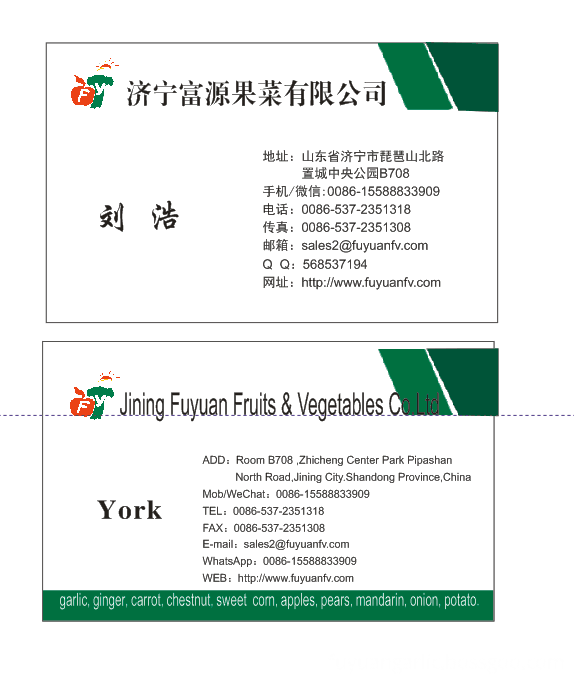Early introduction of Boer goats
Before the introduction, the sheep love to be clean, dry, and afraid of heat. Therefore, it is necessary to thoroughly clean and disinfect the pens and sports grounds before introduction. The sheds should be well-ventilated in the summer to prevent moisture and shade, and in the winter to prevent wind and cold.
After feeding and drinking, the sheep are very tired after long-distance transportation. The sheep should be fully rested and not frightened until they are stable and then drink water. The first time you can't give water that differs significantly from your body temperature, the water must be clean and fresh. Since the sheep is fasting for a long time, the first feeding amount should not be too much, and high-quality dry grass can be fed to 6-70% satiation, so that the gastrointestinal function can be fully conditioned, and then the concentrate feed and free-grass feed can be gradually given and increased.
After the sheep were fed, the sheep were taken a break and all the introduced sheep were checked and checked. The sheep were grouped according to sex, age, individual size, and physical condition. For the leaner sheep, increase the amount of concentrate feed and special care, and restore the body condition as soon as possible.
Deworming and Prevention of Insecticides and Insecticides are performed in batches according to specific conditions, ie, sheep structure, pregnancy mating status, and sheep's body condition are flexibly mastered. The focus of vaccination is the inoculation of triple vaccines, Streptococcus suis, and Lamb dysentery vaccines.
Observe and treat Boer goats with strong resistance to disease, and the symptoms are not obvious at the early stage of disease. Observe the sheep's mental state, feed intake, exercise, and drinking conditions. If something abnormal occurs, it means that the sheep is sick. . Newly introduced sheep often find cough, runny nose, slight diarrhea, or large pieces of feces. This is a normal phenomenon and generally lasts only 1-2 days. Long time and severe cases should be treated in time.
Feeding transition Due to the differences in the environmental conditions, feeding methods, and feeding levels of the breeding places and breeding grounds, the feeding methods cannot be changed overnight. Gradual transitions should be made so that the sheep can reduce stress responses as much as possible and adapt to the local environment in a relatively short period of time. Feeding methods.
Nanfeng tangerine (nickname orange, orange, Nanfeng orange) is an excellent variety of Citrus in China, and also a rare specialty in Jiangxi province. The origin and main producing areas of Nanfeng oranges are in Nanfeng County, Fuzhou City, Jiangxi province. Up to now, they have been cultivated for more than 1300 years. Nanfeng tangerine is famous for its golden yellow color, thin skin, tender meat, no residue, strong flavor and sweet smell.By the way, we also supplied Fresh Garlic , Fresh Ginger , Air Dried Ginger , Fresh Onion , Peeled Onion , Fresh Chestnut , Sweet Corn , Fresh Taro , Fresh Potato , Fresh Baby Mandarin, Fresh Red Grape, Fresh Pomelo , Fresh Ya Pear Chaotian Chili , Paprika Powder , Fresh Apple and so on.
|
Name |
Nanfeng Baby Mandarin |
|
Size |
S 3.5-3.8cm |
|
Sharp |
sweet.seedless and juicy |
|
Origin |
nanfeng,jiangxi,china |
|
Supply period |
from October to next May Fresh season: From September to November Cold storage season: November to next January |
|
Packing |
inner packing :1kg net weight / mesh bag outer packing :9kg net weight/ carton
|
|
Delivery time |
5-7 days after got buyer's deposit |
|
Quantity/conveyance |
25.2MTS FOR ONE 40RH CONTAINER |
|
Payment Terms |
L/C,T/T, |
|
MOQ |
1X40`HR |
|
Shipment port |
Shenzhen Port of China |

Fresh Baby Mandarin S 3.5-3.8Cm
Fresh Baby Mandarin S 3.5-3.8Cm,Fresh Sweet Baby Mandarin,Sweet Baby Mandarin,Fresh Baby Orange
Jining Fuyuan Fruits And Vegetables Co., Ltd. , https://www.fuyuanfv.com